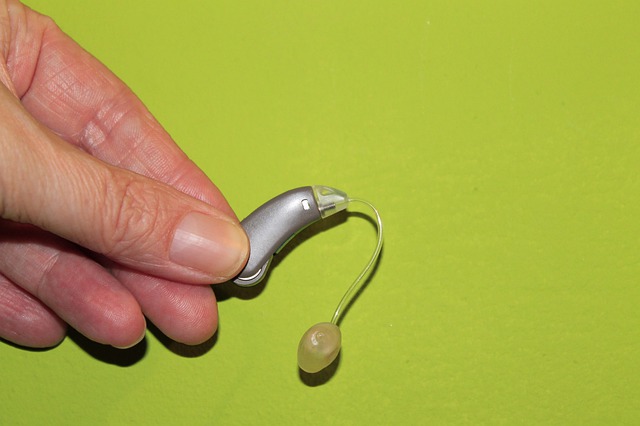Consumers with perceived mild to moderate hearing impairment will soon be able to purchase hearing aids directly from stores or online retailers without a medical exam, prescription or fitting adjustment by an audiologist.
On August 17, the FDA published a final rule to improve access to hearing aids. This action establishes a new category of over-the-counter (OTC) hearing aids.
Per the announcement from the FDA, the rule is expected to lower the cost of hearings aids, expand access to high-quality health care and lower healthcare costs for the American public, while assuring the safety and effectiveness of OTC hearing aids and fostering innovation and competition in the hearing aid technology marketplace.
Subscribe to the weekly MedTech Intelligence newsletter to stay up to date on the latest news and information on medical device development and regulation.
In 2017, Congress passed bipartisan legislation requiring the FDA to create a category of OTC hearing aids, but it was not fully implemented until now. The action follows President Biden’s Executive Order on Promoting Competition in the American Economy, which was issued un July 2021 and called for the FDA to take steps to allow hearing aids to be sold over the counter.
They agency said that consumers could see OTC hearing aids available in traditional retail and drug stores as soon as mid-October when the rule takes effect.
“Reducing healthcare costs in America has been a priority of mine since day one, and this rule is expected to help us achieve quality, affordable healthcare access for millions of Americans in need,” said Health and Human Services Secretary Xavier Becerra. “Today’s action by the FDA represents a significant milestone in making hearing aids more cost-effective and accessible.”
The OTC category established in this final rule applies to certain air-conduction hearing aids intended for people 18 years of age and older who have perceived mild to moderate hearing impairment. Hearing aids that do not meet the requirements for the OTC category (for example, because they are intended for severe hearing impairment or users younger than age 18) remain prescription devices.
The FDA finalized the rule after receiving and reviewing more than 1,000 public comments on the proposed rule issued on Oct. 20, 2021. Comments submitted by consumers, professional associations, hearing aid manufacturers, public health organizations and advocacy groups, members of Congress, state agencies and other stakeholders are summarized in the final rule, along with the FDA’s respective responses.
The final rule incorporates several changes from the proposed rule, including lowering the maximum sound output to reduce the risk to hearing from over-amplification of sound, revising the insertion depth limit in the ear canal, requiring that all OTC hearing aids have a user-adjustable volume control and simplifying the phrasing throughout the required device labeling to ensure it is easily understood. The final rule also includes performance specifications and device design requirements specific to OTC hearing aids.
The effective date for the final rule is 60 days following publication in the Federal Register, which occurred on August 17. Manufacturers of hearing aids sold prior to the effective date of the final rule will have 240 days after its publication to comply with the new or revised requirements. For hearing aids that have not been offered for sale prior to the effective date, compliance with the new or revised requirements must be achieved before marketing the device, including obtaining 510(k) clearance, if applicable.






